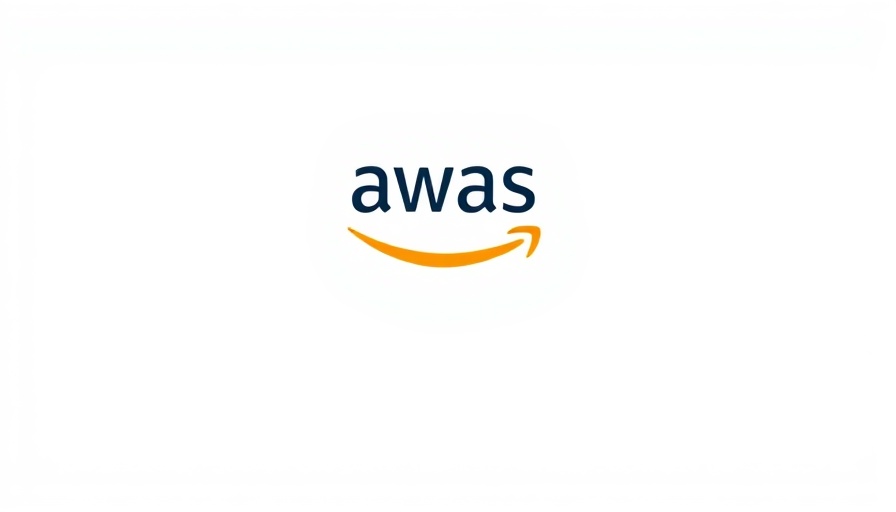
How Rivian is Leading the Charge in Agile Engineering
In a world where speed and efficiency are paramount, Rivian, the electric vehicle manufacturer, is setting a remarkable example of agile engineering powered by Amazon Web Services (AWS). With a staggering 66% increase in software speed, Rivian showcases how leveraging advanced modeling and simulation techniques can overcome traditional bottlenecks in automotive innovation.
From Bottlenecks to Breakthroughs: The Need for Change
Back in 2020, Rivian faced pressing challenges with its on-premises IT infrastructure. Its high-performance computing clusters were unable to meet the demands of fast-paced research and development, leading to significant delays in product lifecycle management and engineering processes. This bottleneck not only stifled productivity but also threatened the company’s commitment to delivery timelines and high safety standards.
Agile Engineering Through Cloud Solutions
Recognizing the urgency for a robust solution, Rivian shifted to AWS to transform its engineering environment. This transition enabled them to avoid the need for excessive physical prototypes, providing engineers with better tools for computer-aided design and enhancing their ability to simulate scenarios effectively.
The agility achieved by moving to the AWS cloud allows Rivian’s teams to collaborate effortlessly through shared storage solutions, streamlining workflows and fostering innovation. With these tools at their disposal, Rivian can bring vehicles to market faster, all while ensuring high levels of safety and performance.
Case Study Insights: Broadening the Agile Discussion
The implications of Rivian’s journey to establish a more agile engineering environment extend beyond just the automotive sector. Companies in various industries can glean valuable lessons about scaling operations and enhancing collaboration.
For CIOs and COOs, adopting similar cloud solutions could mean increased efficiency in their efforts towards digital transformation. Rivian's experience reinforces the notion that embracing cloud technology can liberate organizations from traditional constraints, allowing them to innovate rapidly.
Future Horizons: The Next Steps in Agile Transformation
As Rivian continues to expand its reach in electric vehicles and related technologies, the company’s commitment to agile engineering practices promises ongoing innovation. Future advancements could be supported by deeper dives into artificial intelligence, machine learning, and more sophisticated data analytics, optimizing everything from supply chain logistics to customer experience.
Observing Rivian’s roadmap can bode well for various sectors looking at sustainable growth through agile methodologies—a reminder that innovation thrives in environments where traditional rules don't apply.
The Value of Knowing Rivian's Strategic Moves
For leaders in any industry, understanding Rivian’s strategies offers not just inspiration but actionable insights. The reduction in reliance on physical prototypes not only saves costs but also accelerates the feedback loop for design iterations, allowing companies to respond more swiftly to market demands.
As organizations strive for a competitive edge, learning from Rivian’s integration of technology and agile practices can be a key differentiator. Whether it’s refining existing practices or restructuring teams to be more collaborative, the potential for improvement is vast.
Why This Matters to You
If you’re in leadership within your organization, embracing these insights can start a conversation around your own agility. A commitment to agile engineering practices isn’t just about adopting new technologies; it’s about fostering a culture that prioritizes innovation and responsiveness.
Stay informed about these trends, invest in tools like AWS, and encourage a mindset geared toward flexibility and continuous improvement. In a rapidly evolving landscape, this could be the key to sustained success.
Take Action: Transform Your Organization Today
As the landscape of engineering continues to evolve, there’s no better time than now to harness the lessons from Rivian. Consider strategies that increase collaboration, improve speed, and embrace a digital-first approach. Explore agile case studies to find real-world applications that resonate with your organization today.
 Add Row
Add Row  Add
Add 




Write A Comment